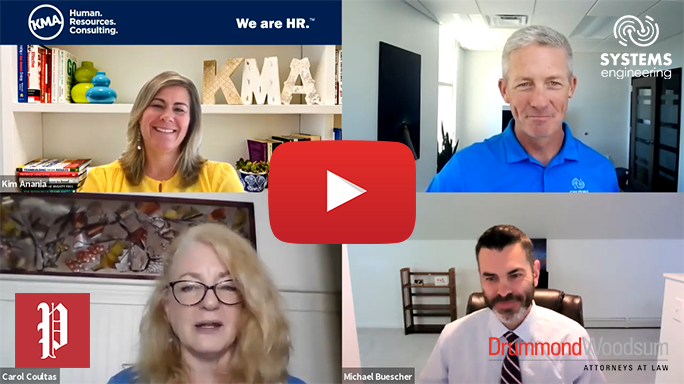The office role as a place to work has come under critical analysis in our current environment, focusing less on where work happens and more on worker productivity. Despite a largely dispersed workforce, many companies have found success with a remote work strategy and are capitalizing on change.
Community is a cultural cornerstone here at Systems Engineering. As a 100% employee-owned company, we are committed to making a difference in the communities in which we work and live. We continually seek creative ways to partner with our community by sharing technical expertise, engaging in mission-driven work, and promoting social responsibility. Our most recent opportunity was with the Girls Who Code summer camp pilot program hosted at the University of Southern Maine (USM) in downtown Portland.
Does it ever feel like the programs and applications put in place to increase productivity, reduce risk, and control costs evolve and change faster than adoption strategies can occur within your company? In fact, it may even be that productivity decreases, causing costs and risks to increase; the exact opposite of what you are trying to accomplish.
The July 2021 Microsoft Patch Tuesday updates were released on July 13. One of those patches addressed a publicly disclosed but unexploited, zero-day vulnerability classified as CVE-2021-34473 - Microsoft Exchange Server Remote Code Execution Vulnerability. This vulnerability affects on-premises Exchange servers 2013, 2016, and 2019, and was assigned a severity of critical.
It has been well over a year since the shift to remote work began, and now many companies are planning a move back to the office. Before the transition is made, a major point to consider is that the traditional workplace may no longer fit the needs of a post-pandemic workforce.
UPDATE: July 27, 2021
In a Friday, July 23, 2021 announcement, the Kaseya Incident Response team reported no reports or issues with their remediation efforts for customers impacted by the July 2nd localized ransomware attack against their VSA on-premises product. Due to this positive report, Systems Engineering has resumed the use of the two unaffected Kaseya modules we were monitoring as a result of the original VSA attack.
UPDATE: July 7, 2021
As of July 6th, Microsoft has completed investigations and released security updates (patches) to address the Windows Print Spooler vulnerability. Systems Engineering recommends patching your workstations and servers to address this and any future vulnerabilities. Our clients who










